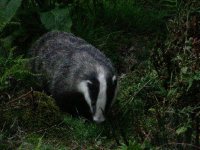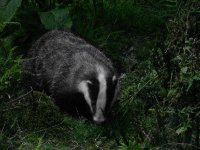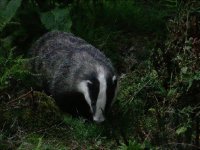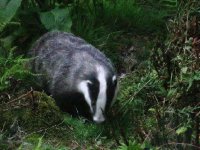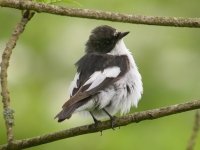steve55
Yellow Hammer
ok went out yesterday evening and ended up with the bellow image.
was using coolpix 4500 + 3xed teleconverter @ 800 iso in aperture priority mode with no flash
there's a lot of noise in this image which ive managed to clean up on the badger itself using photoshop 7.0 (ive masked off the area very quickly and roughly) using the hue/saturation controls to manually select the noise colours then decrease the saturation to around -75.
Im just struggling to enhance the vegetation and would appreciate any suggestions on the best way to do this.
Thank you for any suggestions in advance
Cheers
Steve
was using coolpix 4500 + 3xed teleconverter @ 800 iso in aperture priority mode with no flash
there's a lot of noise in this image which ive managed to clean up on the badger itself using photoshop 7.0 (ive masked off the area very quickly and roughly) using the hue/saturation controls to manually select the noise colours then decrease the saturation to around -75.
Im just struggling to enhance the vegetation and would appreciate any suggestions on the best way to do this.
Thank you for any suggestions in advance
Cheers
Steve




